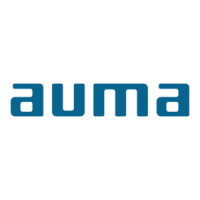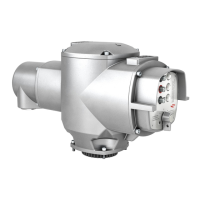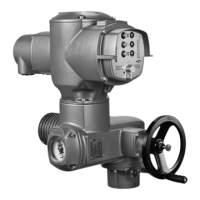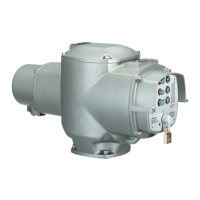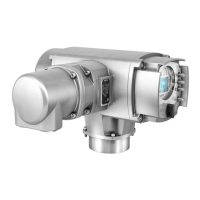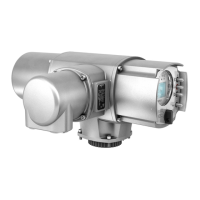node), or, if this is not possible, has to provide a suitable galvanic isolation
within the device (device designation: isolated node). The AUMATIC with
DeviceNet has a galvanic isolation within the device and can therefore also
be called isolated node.
The physical DeviceNet interface of the devices is designed for exchange of
the devices during active DeviceNet communication. A mechanism for
detecting duplicated DeviceNet addresses as well as a reverse polarity
protection for incorrectly connected cables is obligatory.
DeviceNet devices can be configured and programmed via the network
which enables the exchange of process data. Commissioning and mainte-
nance of complex systems will therefore by simplified. To this end the
system integrator can choose between several powerful tools (e.g.
RSNetWorx by Allen-Bradley)
4.3 DeviceNet communication Just like for other fieldbus protocols, the data exchange among devices or
between devices and the respective controls is the major function of the
DeviceNet protocol. DeviceNet distinguishes between high-priority I/O
messages and low-priority management messages.
DeviceNet uses the data exchange between devices in accordance with the
producer-consumer model. A sending DeviceNet device produces data
within the network, a receiving DeviceNet device consumes data from the
network.
The communication always takes place according to a connection-based
communication model, either via a point-to-point or a multicast connection.
4.4 DeviceNet object model DeviceNet describes all data and functions of the devices according to an
object model. This object-based description results in a clear device model
since a device can be fully defined by means of the individual objects. The
access from the network to the individual objects is exclusively via connec-
tion objects. An object stands for the abstract representation of a component
within a device. It is determined by its data or attributes, the functions or
services it provides and by its defined behaviour.
7
Actuator controls AUMATIC AC 01.1 / ACExC 01.1
Operation instructions DeviceNet
Figure B: General DeviceNet object model
Application
Objects
Parameter
Objects
Identity
Objects
Assembly
Objects
Message
Router
Objects
I/O
Connections
Explicit
Messaging
Objects
DeviceNet
Objects
Connection Objects
DeviceNet Network
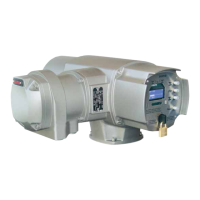
